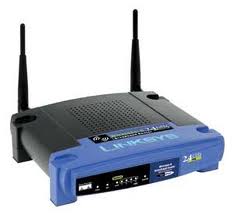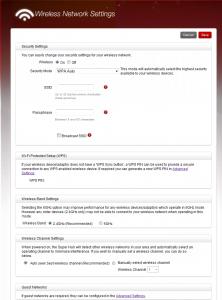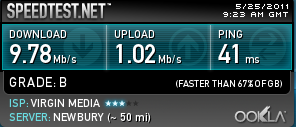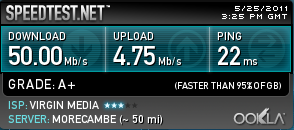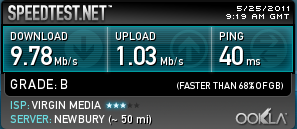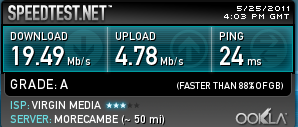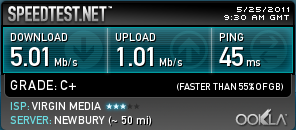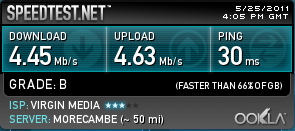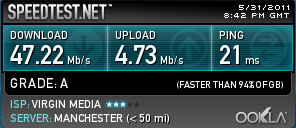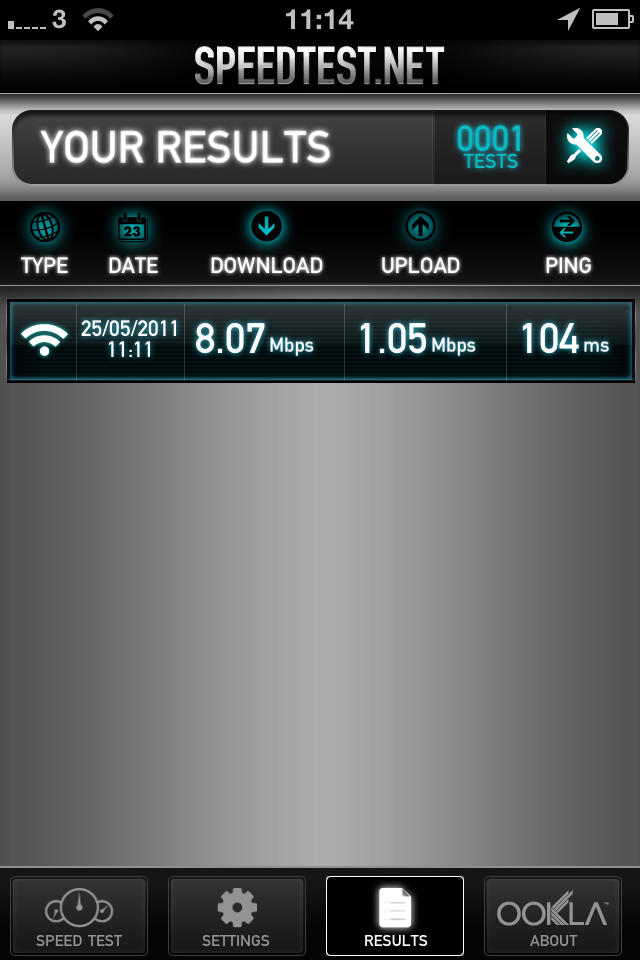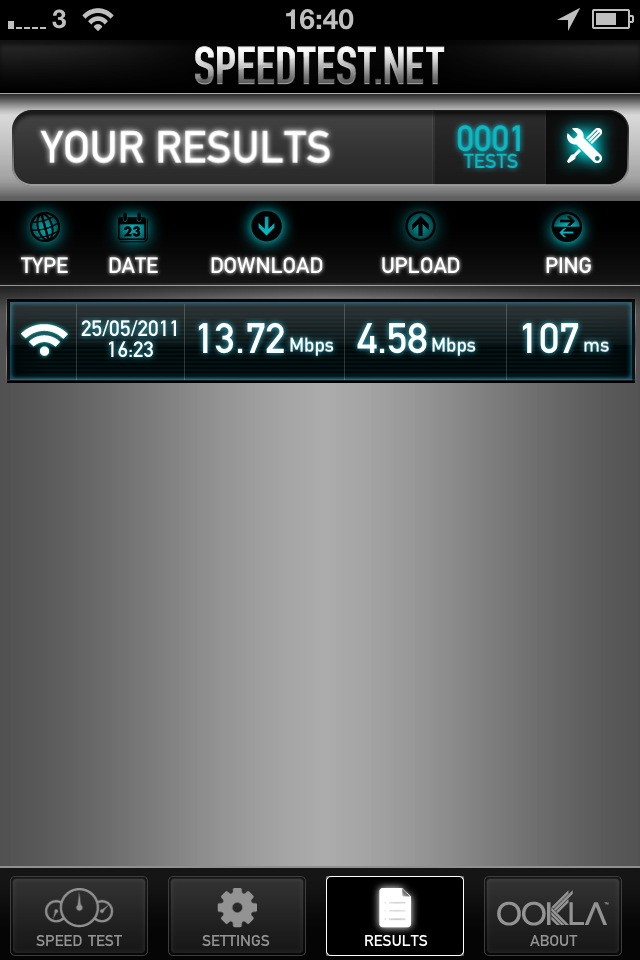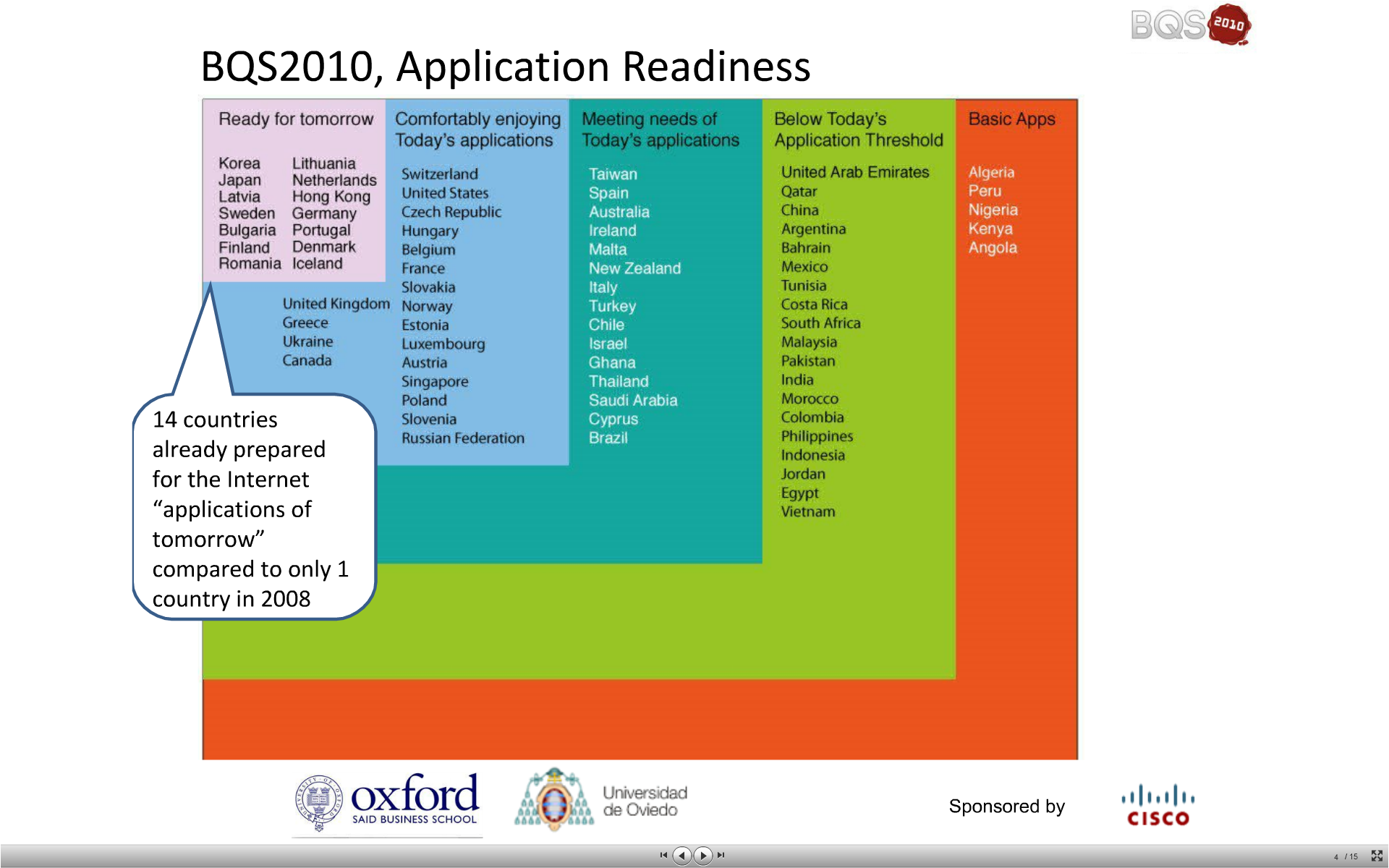Infrastructure As A Service - Thoughts On The UK Broadband Lottery
The UK is a funny country to live in sometimes. If we do succeed at anything, it’s almost despite ourselves and once we have succeeded - well we don’t really like to talk about that kind of thing. I’ve spent more than a decade working in various IT infrastructures in this country and it doesn’t take much to see that those which are the most successful are those which spend the time and money - on both good people and quality equipment. Designing infrastructure well in the first place, then maintaining and upgrading it as time goes on.
The same is true of a lot of the infrastructure in the UK. Whilst much of it is pretty decent in comparision to other countries, a large section leads a lot to be desired and it seemingly doesn’t take much going wrong for it all to start falling apart at the seams. For instance, just last week my train journey home saw four days of severe disruption, in one case virtually every train headed along the route London Waterloo -> South West delayed for hours because of some signalling issues. The knock on effect then sent everything spiraling with trains and staff out of position for other journeys not affected by the signal problems.
London Heathrow airport is one of the world’s busiest airports and my own experiences there have always been very good, however there was a similar story in December 2010 when uncharacteristic snow fall caused pretty much all UK airports to grind to a halt and the ensuing choas left thousands of people stranded. If you tried to drive or get a bus / train during that time too - well good luck. However, other countries better prepared for such weather did not seem to have anything like the same issues. I flew via Toronto aiport in February this yea and we safely landed, changed planes and off we went again despite pretty heavy snowfall.
It’s not just transport that suffers, other public services such as healthcare and education often are reported to be not quite as good as they should be. Although again my own personal experience of the NHS, has been nothing but admiration for the amazing professionalism and care for young members of my family who have needed their servicess, which put my own professional attitude pretty much to shame. Yet again here though we often seem to shoot ourselves in the foot. Southampton General Hospital has one of the highest performing paediatric units in the UK and yet the government wants to close it! I know from personal experience how good this place is and if you are ever unfortunate enough to need that kind of care for one of your children then you couldn’t find a better place to take them to.
So anyway, I’m a big supporter of good investment in infrastructure, of course balanced against not turning your country into a concrete wasteland that nobody would really enjoy living in. One of these areas is broadband. In the UK, you pretty much have at least one (but not necessarily all) of the following options for broadand at home:
- ADSL via your copper based phone line, either from the major UK telephone provider BT, or an ISP using BT’s infrastructure. Although some ISPs place their own equipment in BTs Telephone Exchanges, which is known as Local-Loop unbundling.
- Cable fromVirgin Media.
- Satellite broadband via a number of different providers
- 3G mobile networks (Some countries have already deployed 4G networks, the UK is still waiting to shut down its analogue TV service, but trials in certain regions may start soon)
- Hooking up into your neighbours wireless connection……OK, that is actually the illegal one.
All of which offer different speeds and prices and often the speeds are heavily asterixed to say that you might not actually get what you think you are paying for. For instance, with ADSL the closer you live to the telephone exchange, the faster your connection speed might be. This typically leads to a small ‘Up to’ next to a large 10MB or 20MB headline.
Recently I discovered that I had for sometime been overpaying for my existing broadband subscription. Having been a long time UK cable broadband customer from Blueyonder when I lived in London to NTL after moving to the South Coast, through to the takeover of those companies and the merged service from Virgin Media. I’ve been a happy customer of all of these services and have been impressed as they have upgraded the service from 512k to 1MB to 2MB to 10MB (I think I have that right) at no extra cost each time and without interruption. However, somewhere during this transition I moved from their Medium package (which was the middle of 3 packages) to what they now call Large, but is in fact the bottom package. Comparisons here.
Whilst this is probably sufficient for my current needs, I was actually paying more than for their XXL package. So a phone call was made, a deal was done and five days later an engineer arrived. After twenty miniutes he had replaced the router and we were all synced up on 50MB for slightly less than I was paying before!
Previously I had an NTL 250 cable modem combined with a Linksys WRT54G wireless router. I’ve had them since about 2003 and they have proved very reliable, only the occasional reset required.
I was a little bit concerned about the new router since it is supplied by Virgin Media, known as the SuperHub, and I had seen some bad reports about it. It’s a re-badged Netgear CG3101D, so I wasn’t overly worried, having set up similar ADSL units for friends and family and most of the issues with the SuperHub seemed to either be around advanced features that I didn’t need, or connection issues with the 100MB service. Initial experience has been good, although Mrs Medd has complained that it needs re-setting fairly frequently in the day when the wireless connection becomes inaccessible - more often than the old kit.
One issue with the router worth mentioning are the wireless settings. Upon initial deployment no device that I had could connect to the router at all. To start troubleshooting I logged into the router admin page. Since it is branded and initally aimed at the novice user you get some fairly friendly initial screens:
However, none of these really helped with troubleshooting the problem. Eventually seem trial and error in the Advanced Settings screen saw me drop the 802.11 mode down from the default of 300 Mbps to 54 Mbps and everything could then connect. I upped it to 145 Mbps and everything could still connect, so that seemed to be the optimal setting for now. How the average user is going to troubleshoot that issue, without having to call support is beyond me - I would have thought that is going to be a pretty common issue.
Anyway, that minor gripe over, I had decided to carry out some basic tests pre and post upgrade to see the effect and make sure that I was getting what I was paying for! I carried out a speed test using the commonly used website SpeedTest.net in all of the scenarios that the Internet is used from at home.
(Please note, in all of these speed tests they were taken at slightly different times of the day so some allowance for contention / filtering should be taken into account)
Firstly, a connection directly into a LAN port on the back of the router. Due to the location of the entry point into the house, this is not a common use case, but should be a good test since there is nowhere for the speed to drop further on into the house. The results are pretty much what you should hope for given the level of service.
10MB - Wired into Router
50MB - Wired into Router (woo!)
Next up a connection from a Wireless laptop situated about 10 feet from the router. A big improvement in the 50MB connection, but nowhere close to the maximum with a significant drop off based on the connection speed from laptop to router.
10MB - Wireless Laptop
50MB - Wireless Laptop
In the study I have a number of connected devices which means that buying a wireless adapter for each is not cost effective, so instead I have for a long time used PowerLine connections from Devolo to that area and then out into a 100MB switch. The PowerLine devvices were the first batch to ship back in around 2003 / 2004 so the initial 14Mbps connection types. I have always found them really reliable, easy to use and they are as simple as plugging in and nothing else required. The speed test though highlighted that they weren’t proving very effective, even for the 10MB connection.
10MB - PowerLine
The only difference for the 50MB was an increased upload rate.
50MB - PowerLine
So I decided to splash out on an upgrade to these devices to and with a bit of shopping around found the 200Mbps version around half the retail price on Ebay. Instantly a great boost in the Internet connection was seen, so definitely worth the while upgrading those. It would be pretty pointless having a great Internet connection, then not taking advantage of it.
50MB - PowerLine after Device Upgrade
Finally, I tested the connection from my iPhone, using the free SpeedTest.net app and saw a reasonable increase, but not as much as for the wireless laptop.
10MB - iPhone
50MB - iPhone
Since taking this upgrade I have started to see a number of other fellow UK geeks on Twitter taking a similar upgrade or that of the 100MB package, suggesting that this type of package at a rate more premium than standard ADSL packages is starting to become popular. As far as I am aware the best ADSL package via BT or another provider is ‘up to 20MB’ (I might be wrong on this) - the key phrase being ‘up to’. Depending on factors such as how close you live to the Exchange, quality of local cabling etc you might not get the headline rate of that you are paying for.
After tweeting about my upgrade I got some comments back which prompted this blog post. A friend of mine from India commented that they could only ever dream of speeds of 50MB (being Englishly polite I didn’t like to rub it in that potentially I could have got 100Mb!). However, whilst this might initally lead you to think that the UK was doing well in terms of speeds globally, some colleagues of mine struggle with the speeds they are able to get. Even those living within a 20mile radius of myself, including some who are in a Virgin Media area, but can’t get the permission to dig up the road to get the cable to their house so are stuck with a poor quality ADSL connection. Another colleague also in the same radius tweeted that she would be happy to get a 1.5MB connection on the ADSL connection where she lives.
Going back to the earlier mentions of health service infrastruture it is often found that you can receive better or worse care depending on where you live, known as the NHS Postcode Lottery. If the Guardian and the Telegraph both report it then it must be true ;-) A similar story seems to emerge of broadband service; depending on where you live significantly affects the options you have, even distances such as a short 10 minute drive. I must admit that availabilty of cable broadband was a small, but checklist item (well, mine maybe!) as part of the search for a house when moving here.
Until the UK can provide these high speeds (which seems a long way off for ADSL users, and no sign of Virgin Media cable going to new areas) to the significant majority of the country at an affordable price then we are in danger of being left behind other countries over the next few years. Also of concern is the likelihood of cuts and shutdowns to the essential public library service as part of the UK government’s austerity plans following the bail out fiasco of the UK banking sector of the last couple of years. My family use this service for books regularly twice a week, however when we are in there the free Internet service provided for those who cannot afford to run it at home (or find it convenient to use whilst in the village centre) is always full up, and that is in an area that is not exactly what you would call deprived.
This report from Oxford University’s Saïd Business School from the end of 2010 suggests that the UK currently ranks 18th worldwide for broadbandquality. The below graphic taken from the full slides, which are a very interesting read, shows those countries which are ready for the next generation of modern and high bandwidth demanding applications:
So I would be interested to hear comments of those both in the UK and abroad as to your own current experience……….

